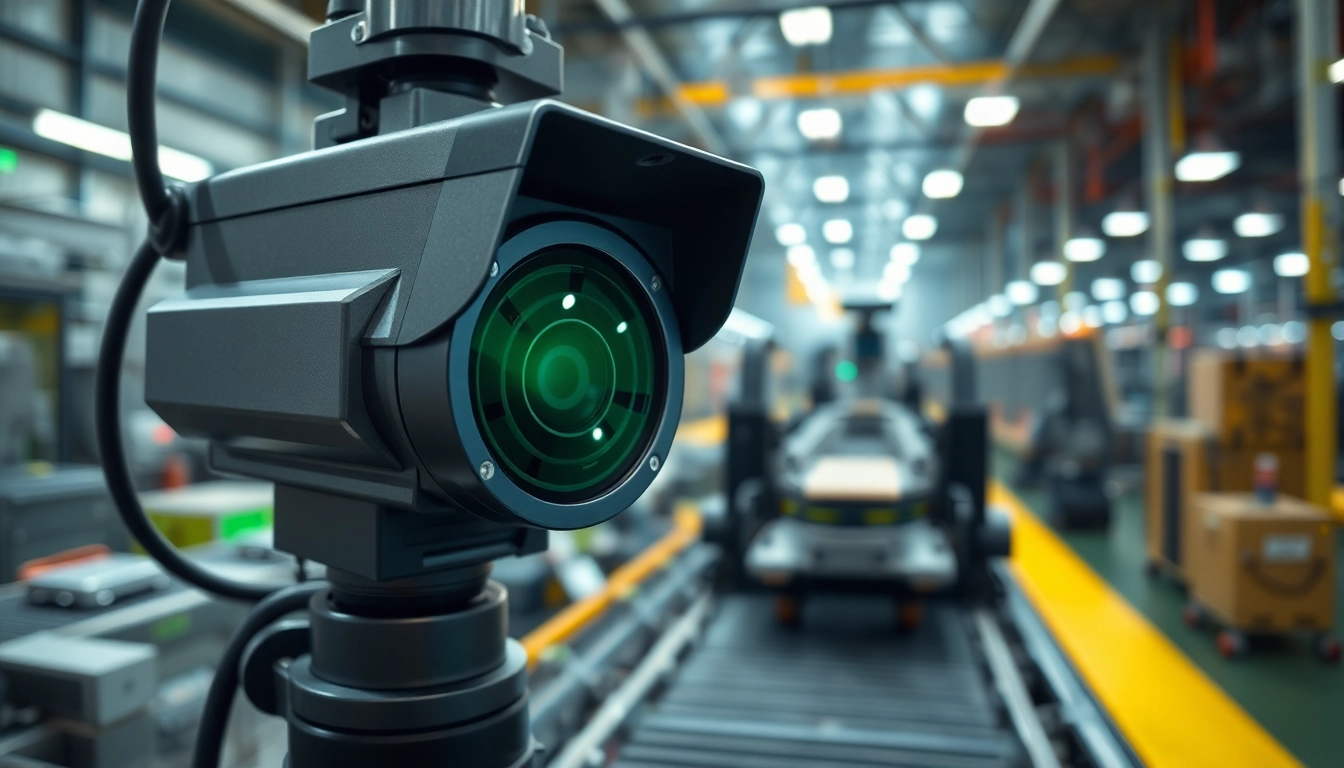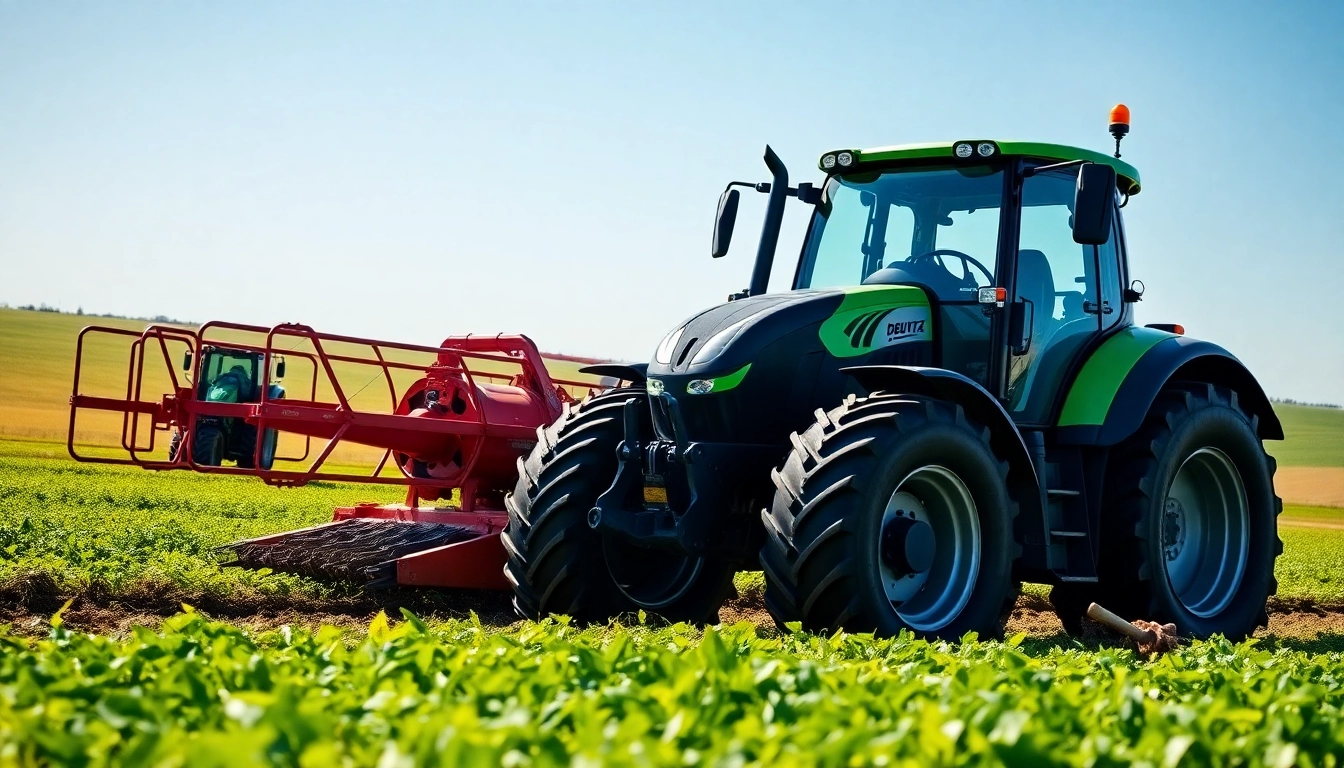Understanding Machine Vision: Applications, Benefits, and Technologies
1. What is Machine Vision?
1.1 Definition and Overview
Machine vision is a multidisciplinary technology that combines computer science and engineering principles to enable machines to interpret and analyze visual information from the surrounding environment. Essentially, machine vision allows industrial systems to “see,” process, and respond to visual input typically using cameras, lights, and advanced image processing algorithms. Often used in automation, the technology improves operational efficiency across various sectors, from manufacturing to healthcare.
This technology embodies the ability of a computer to perceive and interact with its surroundings, similar to a human’s visual capabilities. In practical terms, companies leverage machine vision systems to automate tasks that require visual inspection, analysis, and quality control, thus enhancing productivity and consistency in operations.
1.2 How Machine Vision Works
At its core, machine vision systems function by capturing images using digital cameras and then processing these images with software to extract useful information. The process involves several essential steps:
- Image Acquisition: The first step involves capturing visual information using cameras equipped with different types of lenses. The choice of camera and lens affects the quality and type of images obtained.
- Image Processing: Once images are acquired, they undergo processing where algorithms analyze the data. Techniques such as filtering, segmentation, and feature extraction allow the software to interpret the images meaningfully.
- Decision Making: Based on the processed image data, the system makes real-time decisions, such as identifying defects, monitoring assembly processes, and in some cases, controlling machinery directly.
1.3 Key Technologies in Machine Vision
Several technologies underpin machine vision, contributing to its efficiency and versatility:
- Cameras: High-resolution cameras equipped with various types of sensors, such as CCD or CMOS, capture images with great detail and speed.
- Lighting: Proper lighting is crucial for capturing clear images. Different types of lighting such as LED, backlighting, and front lighting aid in revealing specific features of objects.
- Image Processing Software: This software employs algorithms for image enhancement, analysis, and machine learning techniques, enabling the system to learn from data over time.
- Integration Interfaces: Machine vision systems often integrate with existing software and hardware, enabling seamless operation within production lines.
2. Applications of Machine Vision
2.1 Industrial Automation
Machine vision plays a crucial role in industrial automation, where it streamlines processes, reduces labor costs, and enhances precision. Industries utilize machine vision systems for tasks such as:
- Automated inspections of products to identify defects or ensure compliance with specifications.
- Guiding robotic systems in complex assembly tasks, ensuring accuracy and reducing errors.
- Sorting and packaging products based on size, color, or shape to optimize workflow.
2.2 Quality Control in Manufacturing
Quality control is one of the primary applications of machine vision in manufacturing. By employing machine vision systems, companies can:
- Monitor the quality of products in real-time, enabling instant corrections and minimizing waste.
- Keep visual records of every step in the production process, benefiting from data traceability and compliance with industry standards.
- Reduce the human error factor in inspections, resulting in higher consistency and reliability in product quality.
2.3 Machine Vision in Healthcare
Machine vision is also making significant inroads into the healthcare sector, where it aids in diagnostics and operational efficiency:
- Assisting in medical imaging technologies that help in the detection of diseases through analyzing radiographs and MRIs.
- Automating laboratory processes such as slide scanning and fluorescence imaging for more accurate results.
- Monitoring patient conditions through advanced imaging technologies, supporting telemedicine applications.
3. Benefits of Implementing Machine Vision
3.1 Enhanced Precision and Accuracy
One of the most significant benefits of implementing machine vision is the enhancement of operational precision and accuracy. Automated systems can achieve levels of accuracy that far exceed human capabilities, especially in repetitive tasks like quality inspections.
3.2 Cost Savings and Efficiency
With machine vision systems, companies can realize considerable cost savings through reduced labor costs and minimized waste. The need for manual inspections is significantly lessened, leading to lower operational costs while increasing production rates and throughput.
3.3 Real-Time Data Collection and Analysis
Machine vision enables real-time data collection on production processes, leading to better decision-making. By analyzing visual data, companies can optimize their processes over time, predict maintenance needs, and adapt to changing conditions swiftly.
4. Challenges and Limitations of Machine Vision
4.1 Hardware and Software Constraints
Implementing machine vision may come with hardware limitations, such as the quality of cameras or other supporting equipment. Additionally, the software used must be tailored specifically to interpret complex visual data accurately, which can be challenging and costly to develop.
4.2 Integration with Existing Systems
Another challenge lies in integrating new machine vision systems with legacy equipment and software. This may require significant customization and can introduce complexities in the implementation process.
4.3 Data Privacy Considerations
As machine vision systems often collect vast amounts of sensitive data, organizations must address data privacy concerns. Proper protocols and security measures should be in place to protect against potential breaches or unauthorized access.
5. Future Trends in Machine Vision
5.1 AI and Deep Learning Advances
The future of machine vision is closely tied to advancements in artificial intelligence and deep learning. These technologies will enable more sophisticated analyses of visual data, allowing for predictive maintenance and more complex decision-making processes based on visual input.
5.2 Expansion into New Industries
As the technology matures, machine vision is expected to expand into industries such as agriculture, food processing, and logistics. This expansion will pave the way for innovative solutions tailored to the unique challenges of these sectors.
5.3 Innovations in Sensor and Camera Technology
Continuous innovations in sensor and camera technology will improve image capture, resolution, and adaptability, making machine vision systems more accessible and efficient. Enhanced capabilities will further drive adoption across various industries.













Post Comment